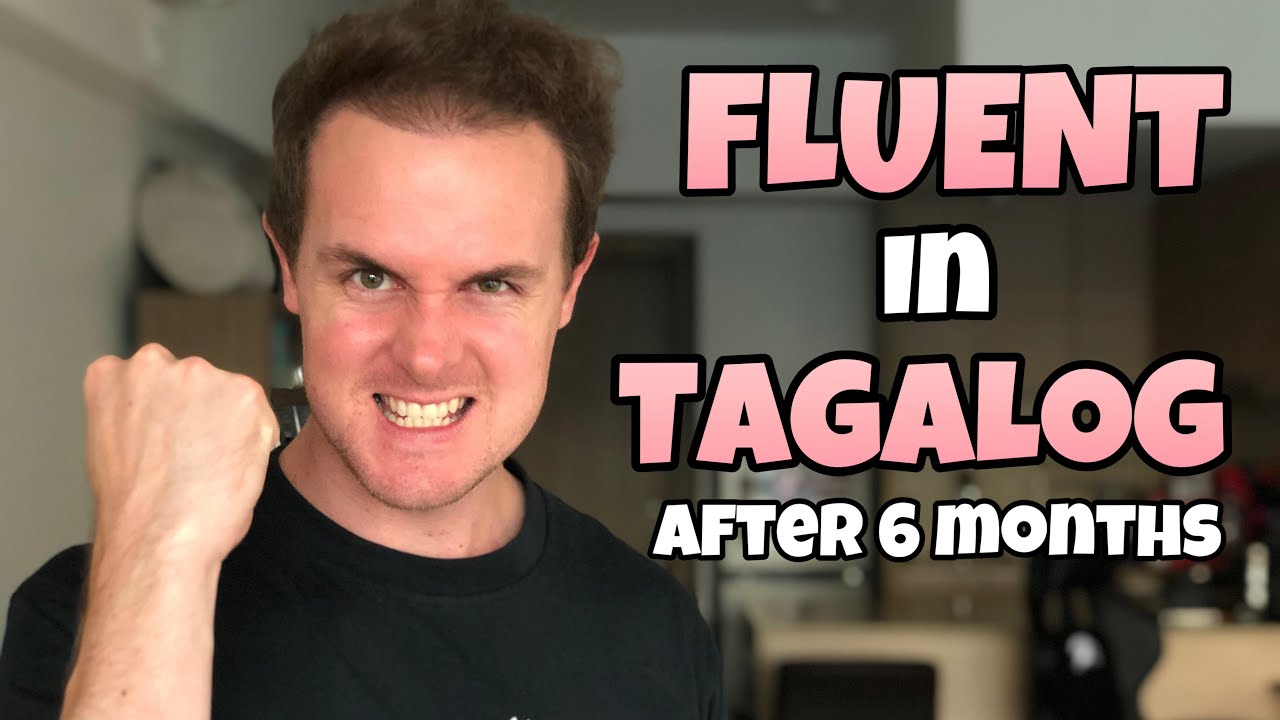How Long Does It Take to Learn Tagalog?
Learning a new language can be an exciting and rewarding journey. If you're interested in learning Tagalog, one of the official languages of the Philippines, you might be wondering how long it will take to become proficient. In this article, we will explore various factors that can affect the time it takes to learn Tagalog and provide some tips to optimize your learning process.
Tagalog
I. Language Difficulty:
1.Linguistic Similarities:
Tagalog is an Austronesian language, which shares similarities with other languages in the same language family. If you already speak a language from this family, such as Indonesian or Malay, you may find it easier to learn Tagalog due to similar vocabulary and grammatical structures.
2.Pronunciation:
Tagalog has a relatively straightforward pronunciation system, making it easier for learners to master compared to languages with more complex phonetic rules.
3.Grammar:
Tagalog grammar differs from English and may require some time to grasp. It has a verb-subject-object (VSO) word order, and affixes play a crucial role in forming words. However, with consistent practice and exposure, learners can become proficient in Tagalog grammar.
II. Time Investment:
1.Learning Environment:
The learning environment plays a significant role in language acquisition. Immersion programs or living in a Tagalog-speaking community can accelerate your learning as you get constant exposure to the language. On the other hand, self-study through online resources or language courses may take longer but can still be effective with dedication.
2.Study Time:
Consistency is key when learning a language. Setting aside dedicated study time each day or week will help you progress faster. Aim for at least 1-2 hours of focused study daily to make steady progress.
3.Total Hours Required:
The Foreign Service Institute (FSI) estimates that it takes around 1,100 hours of study to reach a conversational level in Tagalog for native English speakers. However, this can vary depending on individual factors, such as language learning aptitude and previous language learning experience.

Tagalog
III. Learning Strategies:
1.Vocabulary Building:
Learning new words is essential for language acquisition. Start by focusing on frequently used words and phrases, gradually expanding your vocabulary as you progress.
2.Language Exchange:
Engaging in language exchange programs or finding a native Tagalog speaker to practice with can greatly enhance your language skills. Regular conversation practice will help improve your fluency and understanding.
3.Cultural Immersion:
Learning a language involves understanding its cultural context. Immerse yourself in Tagalog culture by exploring literature, music, movies, and interacting with native speakers. This will deepen your understanding of the language and its nuances.
IV. Individual Factors:
1.Prior Language Learning Experience:
If you have experience learning languages, particularly ones that are structurally different from your native language, you may have an advantage in picking up Tagalog faster.
2.Motivation and Dedication:
Your level of motivation and dedication will significantly impact your learning speed. Having clear goals and a strong desire to learn Tagalog will keep you motivated throughout the process.
3.Learning Style:
Everyone has different learning styles. Some may benefit from visual aids, while others prefer audio-based learning. Experiment with different resources and techniques to find the ones that suit your learning style best.

Tagalog
Learning Tagalog, like any language, requires time and effort. While the exact duration to achieve fluency may vary depending on several factors, including prior language learning experience and individual dedication, consistency and immersion are key.
By leveraging the right strategies, setting clear goals, and embracing cultural aspects, you can make significant progress on your journey to learning Tagalog. So, embark on this adventure and enjoy the process of discovering a new language and culture!
